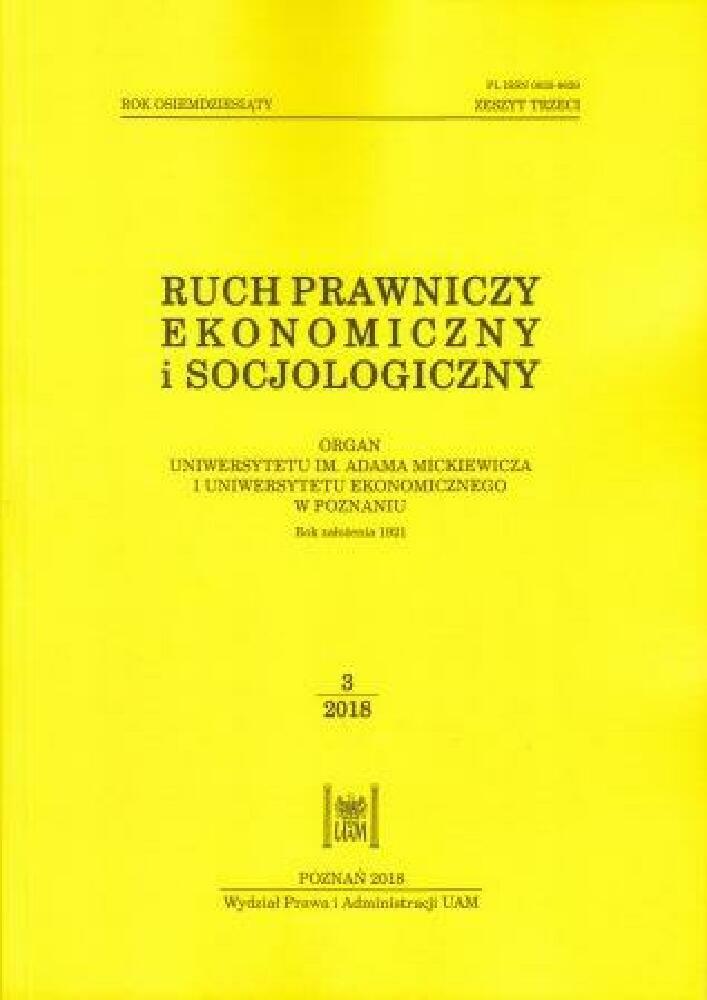Abstract
The paper analyses the legislation, media communication and the planned evaluation of the ‘Family 500+” Programme conducted in order to identify its goals as part of the public policy. Seven identified goals have been compared with the objectives of Poland’s leading party’s politics. From the public policy viewpoint, due to unclear goals of the programme, its effectiveness and efficiency are impossible to assess. Yet, from the party’s politics perspective, the transfer is well-calibrated to be politically safe with the ruling party serving as its guarantor.References
Aizer, A., Eli, S., Ferrie, J., Lleras-Muney, A. (2016), The long-run impact of cash transfers to poor families, The American Economic Review 106(4): 935-971.
Brzeziński, M., Najsztub M. (2016), Wpływ programu „Rodzina 500+” na dochody gospodarstw domowych, ubóstwo i nierówność. http://coin.wne.uw.edu.pl/mbrzezinski/research/rodzina500plusPolitykaSpoleczna_nowa_wersja.pdf.
CBOS (2017), Ocena programu „Rodzina 500 plus” po blisko roku od jego wprowadzenia, Komunikat z Badań nr 36/2017, Warszawa.
CBOS (2016), Program „Rodzina 500 plus” jako element systemu wspierania rodzin i dzietności. Komunikat z Badań nr 25/2016. Warszawa.
CBOS (2016), Recepcja Planu na rzecz Odpowiedzialnego Rozwoju. Komunikat z Badań nr 44/2016. Warszawa.
Esping-Andersen, G. (2009), Incomplete revolution: Adapting welfare states to women’s new roles. Cambridge.
Fundowicz, J., Łapiński K., Wyżnikiewicz, B. (2017), Szara Strefa 2018, Instytut Prognoz i Analiz Gospodarczych, Warszawa.
Gromada, A (2017), Rodzina 500+ jako polityka publiczna, Analizy Instytut Studiów Zaawansowanych, Warszawa.
GUS (2015), Ubóstwo ekonomiczne w Polsce w 2014 r. (na podstawie badania budżetów gospodarstw domowych), Warszawa.
Kotowska, I.E. (2013), Niska dzietność́ w Polsce w kontekście percepcji Polaków. Diagnoza społeczna, Warszawa.
Myck, M. (2016), Estimating Labour Supply Response to the Introduction of the Family 500+ Programme, Szczecin.
Sleebos, J. (2003), Low Fertility Rates in OECD Countries: Facts and Policy Responses, OECD Publishing, Paris.
License
Copyright (c) 2018 WPiA UAM

This work is licensed under a Creative Commons Attribution-NonCommercial-NoDerivatives 4.0 International License.




